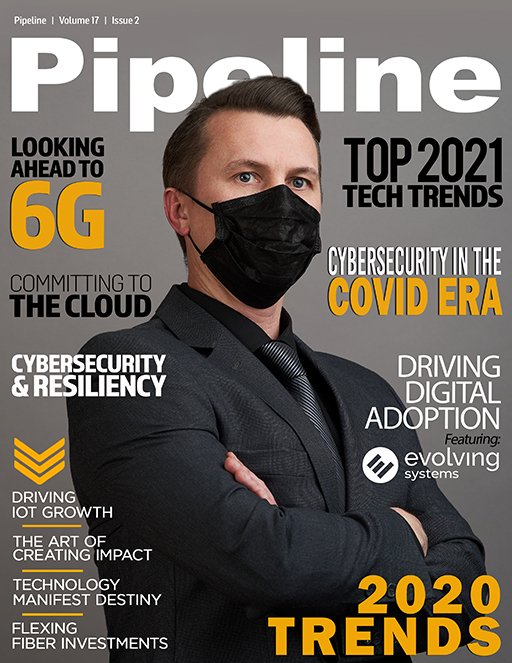Sixth Sense: The First Look at 6G
By: Adrian Scrase

While 5G rolls out, the research community is already thinking about its successor. The technological goals for 6G are ambitious, with huge advances in speed and capacity matched by tough requirements for reliability, security and energy efficiency that will benefit a wide range of industrial applications. As with previous generations, the key to a thriving 6G ecosystem will be unified technical standards that accelerate commercial returns on billions of dollars of R&D investment.
As a rule of thumb, we’ve grown accustomed to a roughly ten-year gap between the arrival of successive mobile generations. It’s just over a decade since the first commercial 4G networks fired up in Scandinavia, while 5G made its debut in 2019 with initial deployments in South Korea and the US.
It is tempting to presume this is a pattern that will be repeated with 6G. But on the evidence of a globally orchestrated research effort—and huge investments already being made by academia, governments and private companies—6G may buck this historic trend and become a reality well before the end of this decade.
Evolving by leaps and bounds
Before looking at what 6G will offer, and the journey getting there, it is worth looking at changing attitudes towards mobile technology. Until now, each new generation has offered demonstrable advantages over its predecessor. Incremental improvements in speed and user experience have provided a clear value proposition for network operators to market to their customers. Around the turn of the millennium, 3G brought always-on Internet connectivity to the mobile space. This was a mind-blowing proposition for consumers making the leap from dial-up to fixed broadband. Ten years later, 4G made smartphones the default choice for consuming video-rich content and social media. These are the user behaviors that effectively define our current mobile experience.
Ask today’s consumers what 5G brings to the party and it’s harder to get a clear answer. There is an implicit understanding that it is somehow ‘faster’ than 4G. But that’s not instantly demonstrable through services like web browsing, instant messaging and video conferencing that are already adequate for most consumer and business needs.
Where 5G already shines—and provides a strong hint of the R&D investment focus for subsequent generations—are use cases geared to B2B vertical markets. From factory automation to driverless vehicles, this is the arena where robust, secure real-time machine-to-machine connections on a massive scale are the enablers for future business value. Accordingly, it is this same direction of travel that the ICT industry ecosystem is following with 6G.
Emerging metrics for 6G
The initial KPIs set by academia and industry for 6G are lofty. Throughput speed is the obvious headline metric, with peak data rates targeted in the 100 Gbps to 1 Tbps range. As well as raw speed, latency will be of critical importance in real-time applications like robotic surgery that will demand sub-millisecond roundtrip times as well as ultra-low jitter.
With new use cases for 6G, we’ll see vastly greater device densities. Imagine wireless M2M connections replacing hundreds of thousands of cables in a large factory or industrial plant. We are already used to social media apps and vehicle satnavs that can pinpoint our physical location with an accuracy of a few meters. The shorter wavelength of frequencies in the terahertz range will refine the positioning accuracy of 6G devices to just a few centimeters. This capability will enable the introduction of services such as advanced vehicular anti-collision, high-precision manufacturing and remote-control systems.
6G challenges
One of the biggest challenges that the 6G research community is already grappling with is energy efficiency, a goal that has traditionally been at odds with greater



















